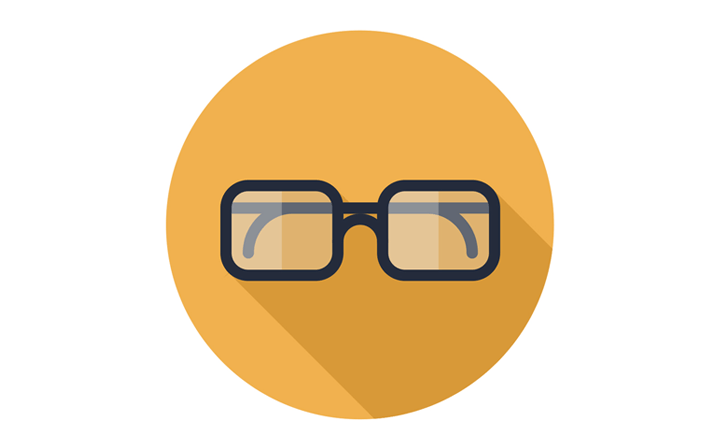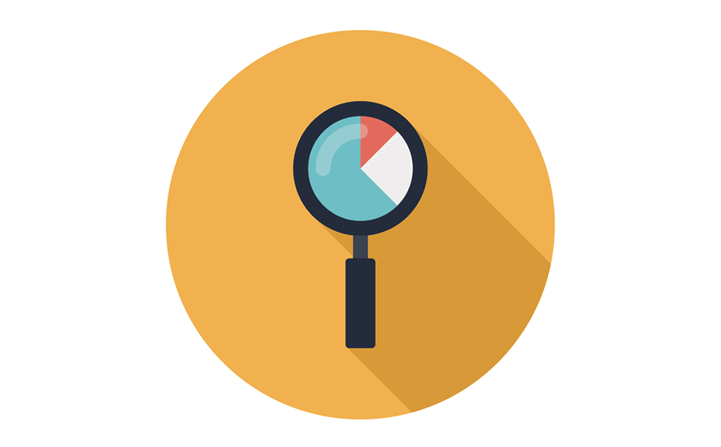You want to provide the best fit, comfort and visual acuity for all your patients that wear contact lenses. We’re here to help.
Take advantage of the tools and contact lens calculators below.* They’re designed to help you maximize fitting effectiveness, patient care and practice efficiency.

OptiExpert® Prescription Calculator
Easily convert a patient’s eyeglasses prescription to the corresponding contact lens parameters.

Efron Grading Scales
A standard clinical reference that helps quantify 16 contact lens wear-related anterior eye conditions.

Ocumetra mEYE™ Guide
Create personalized myopia reports to help parents say “Yes!” to myopia management.
ToriTrack Calculator
Investigator Initiated Studies (IIS)
Science and Technology Awards
Oxygen profiles
Marketing Materials
* The calculators are designed to aid eye care practitioners. They are not a replacement for a professional contact lens fitting by a qualified eye care practitioner.





